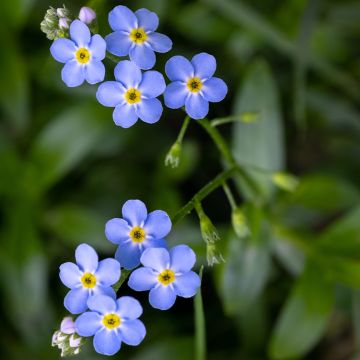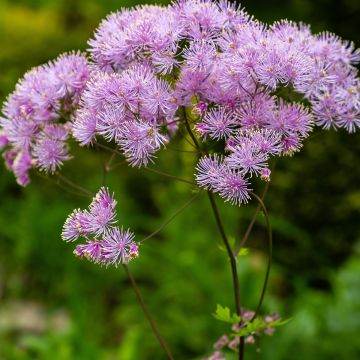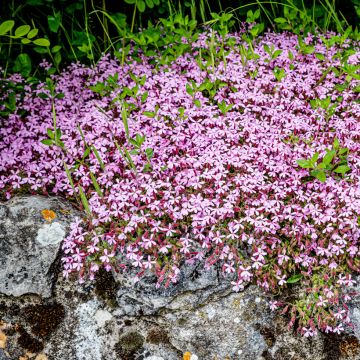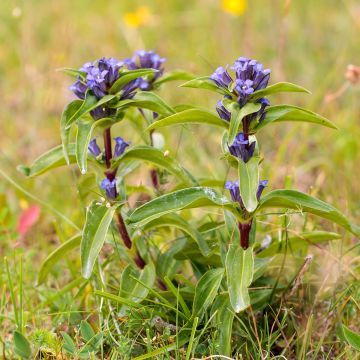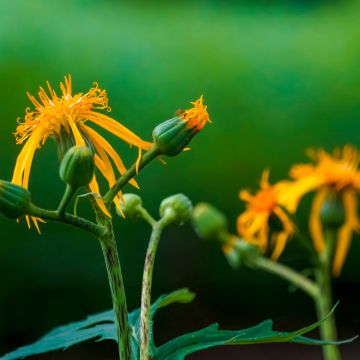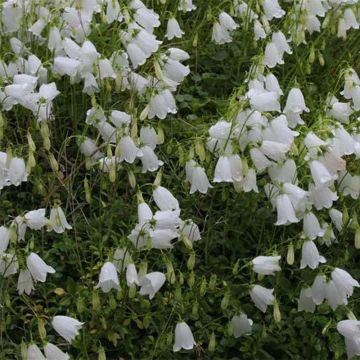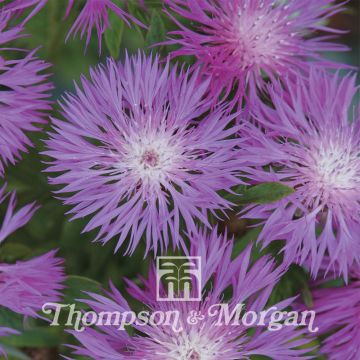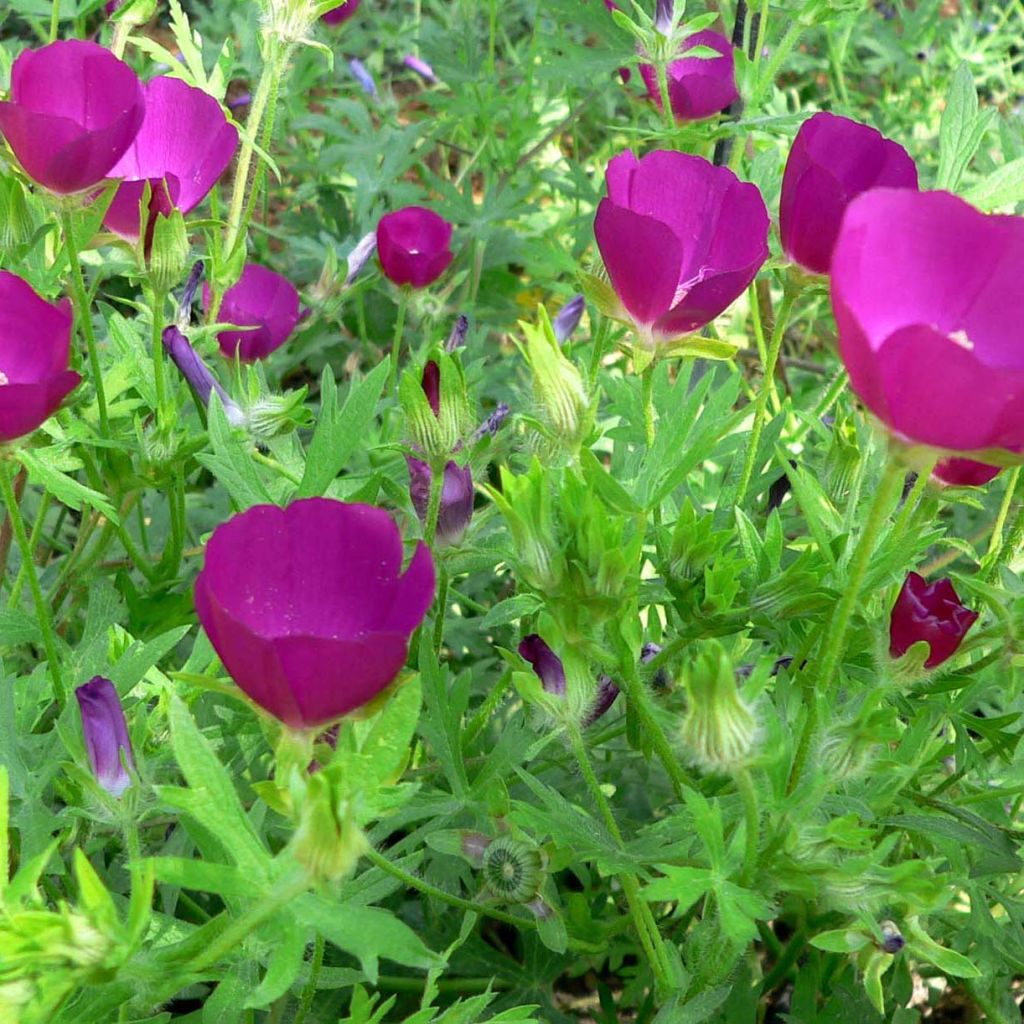

Callirhoe involucrata - Winecup
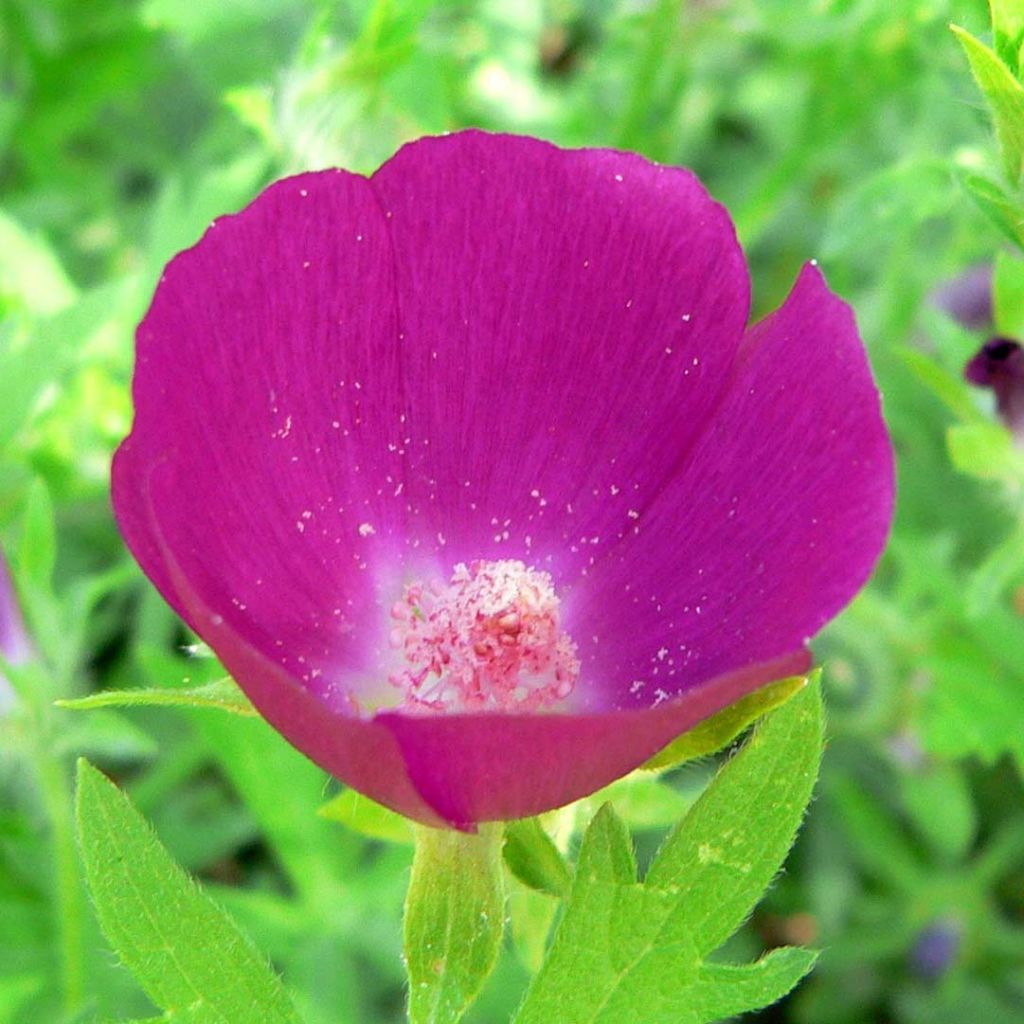

Callirhoe involucrata - Winecup
Callirhoe involucrata - Winecup
Callirhoe involucrata
Purple poppy mallow, Winecup
This item cannot be shipped to the selected country
Delivery charge from €6.90
Delivery charge from €6.90
More information
Delivery charge from €6.90
Delivery charge from €6.90
More information
Schedule delivery date,
and select date in basket
This plant carries a 12 months recovery warranty
More information
We guarantee the quality of our plants for a full growing cycle, and will replace at our expense any plant that fails to recover under normal climatic and planting conditions.
From €7.90 for pickup delivery and €6.90 for home delivery
Express home delivery from €8.90.
From €7.90 for pickup delivery and €6.90 for home delivery
Express home delivery from €8.90.

Does this plant fit my garden?
Set up your Plantfit profile →
Description
Callirhoe involucrata is a little-known, bushy and creeping perennial, cousin of mallows and hibiscus, also known as Mallow-poppy due to its pretty little cup-shaped flowers that resemble those of certain poppies. This plant is native to dry environments in North America so is particularly well adapted to dry and rocky soils. Its summer flowering is eye-catching, with a multitude of small cup-shaped flowers ranging from carmine pink to satin magenta, highlighted by a white centre. Its deeply cut foliage, of an intense dark green, spreads well and resembles perennial geraniums. Plant it in full sun, in rocky areas, or at the edge of a bed in a dry garden, give it space, and then forget about it; guaranteed effect!
Callirhoe involucrata belongs to the mallow family. In nature, it is found on rocky soil, in meadows and grassy areas in various states in the central USA from Iowa to New Mexico. The Mallow-poppy will reach a height of about 20-30 cm (8-12in) at maturity, with a spread of at least 60 cm (24in). Anchored by a long taproot, the crown sends out hairy stems adorned with foliage divided into 5-7 narrow, finger-like, hairy, dark green lobes. Flowering takes place over a long period from June to September, earlier in warm climates. The small solitary, cup-shaped flowers, with 5 petals, are produced abundantly. Their magenta or dark pink colour is enhanced by a glossy texture and a small white centre with a column of white stamens, typical of mallow flowers. The plant self-seeds in light soil.
Callirhoe involucrata, hardy and tolerant of summer drought, is a boon for dry gardens, sandy soils, and rocky areas, and ornamental walls where it will gracefully cascade. It also forms a beautiful ground cover for challenging, yet sunny areas of the garden. It can be accompanied by Malvastrum lateritium, a small creeping perennial with salmon-orange flowers, Aubrieta canescens, cerastium, stachys, or Dalea purpurea Stephanie, Ononis spinosa, sedums, Lithodora oleifolia, Californian poppies... and many other equally undemanding plants for dry soil. It can also be planted in a hanging basket, with regular but spaced-out watering.
Callirhoe involucrata - Winecup in pictures
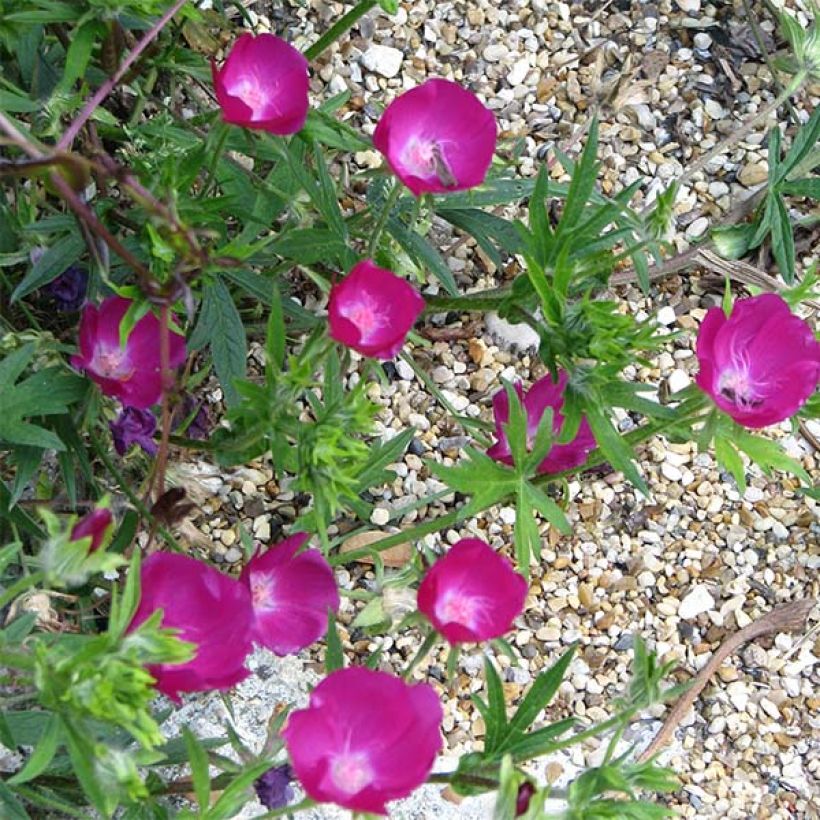

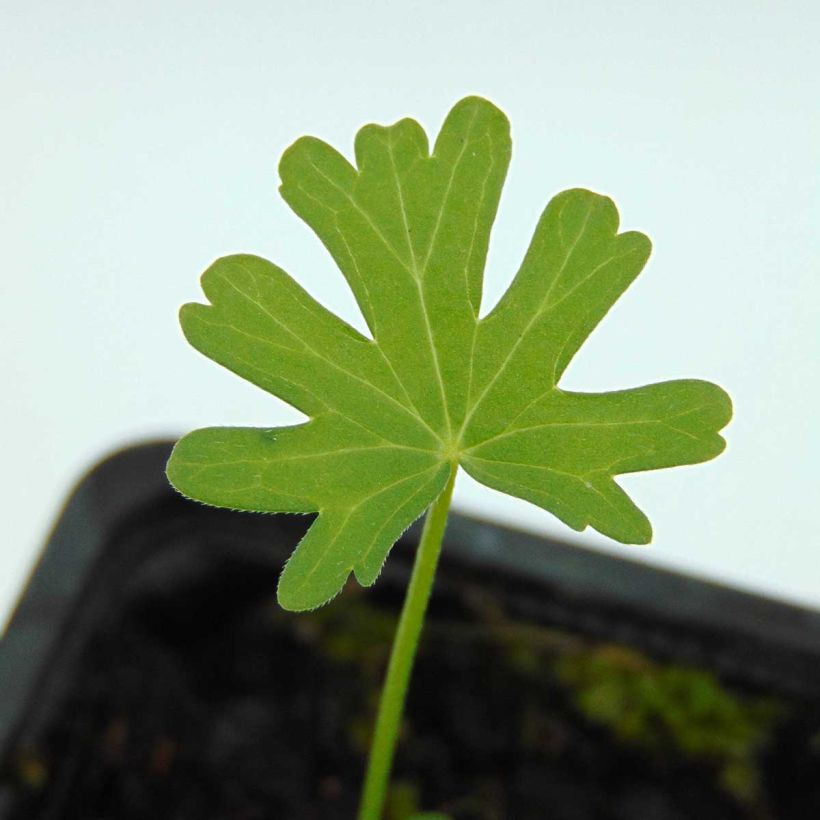

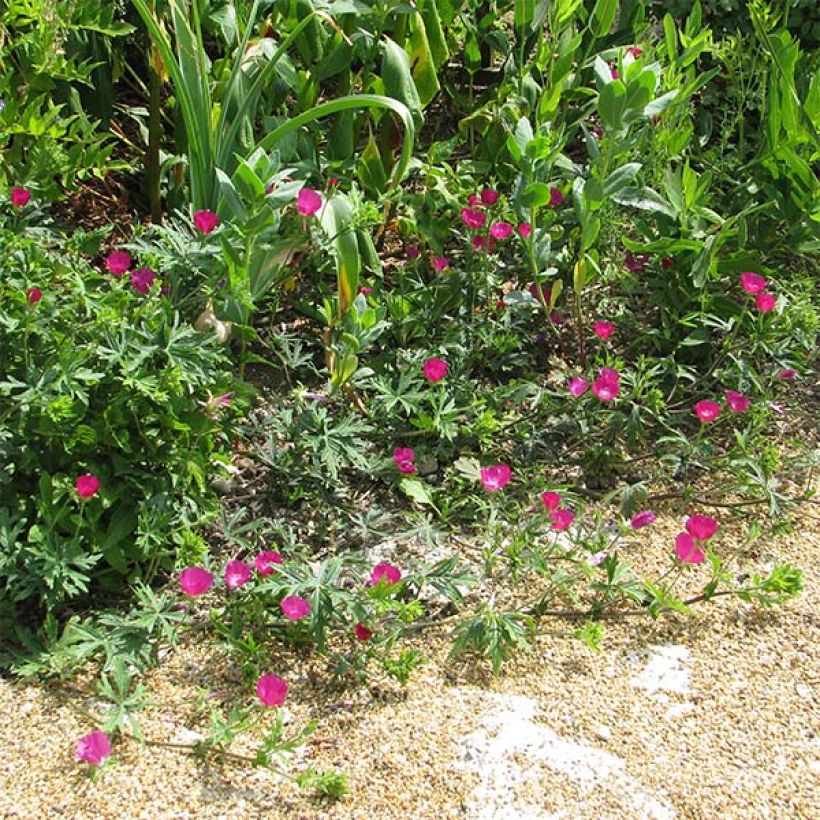

Flowering
Foliage
Plant habit
Botanical data
Callirhoe
involucrata
Malvaceae
Purple poppy mallow, Winecup
North America
Other Perennials A to Z
View all →Planting and care
Callirhoe involucrata should be planted in spring or autumn in a warm and dry climate. This plant is not picky about the nature of the soil, but dislikes excessive humidity which can cause the collar to rot in poorly drained soil. A stony, sandy soil, rich in gravel, will be perfect, even if poor and dry in summer. This plant has a long taproot that allows it to withstand summer drought but means it dislikes moving. Therefore, choose its location carefully from the start and do not disturb it. It readily self-seeds in light soil. You can pinch in summer to encourage the clump to branch out and promote the appearance of new flowers.
Planting period
Intended location
Care
-
, onOrder confirmed
Reply from on Promesse de fleurs
Summer flowering perennials
Haven't found what you were looking for?
Hardiness is the lowest winter temperature a plant can endure without suffering serious damage or even dying. However, hardiness is affected by location (a sheltered area, such as a patio), protection (winter cover) and soil type (hardiness is improved by well-drained soil).

Photo Sharing Terms & Conditions
In order to encourage gardeners to interact and share their experiences, Promesse de fleurs offers various media enabling content to be uploaded onto its Site - in particular via the ‘Photo sharing’ module.
The User agrees to refrain from:
- Posting any content that is illegal, prejudicial, insulting, racist, inciteful to hatred, revisionist, contrary to public decency, that infringes on privacy or on the privacy rights of third parties, in particular the publicity rights of persons and goods, intellectual property rights, or the right to privacy.
- Submitting content on behalf of a third party;
- Impersonate the identity of a third party and/or publish any personal information about a third party;
In general, the User undertakes to refrain from any unethical behaviour.
All Content (in particular text, comments, files, images, photos, videos, creative works, etc.), which may be subject to property or intellectual property rights, image or other private rights, shall remain the property of the User, subject to the limited rights granted by the terms of the licence granted by Promesse de fleurs as stated below. Users are at liberty to publish or not to publish such Content on the Site, notably via the ‘Photo Sharing’ facility, and accept that this Content shall be made public and freely accessible, notably on the Internet.
Users further acknowledge, undertake to have ,and guarantee that they hold all necessary rights and permissions to publish such material on the Site, in particular with regard to the legislation in force pertaining to any privacy, property, intellectual property, image, or contractual rights, or rights of any other nature. By publishing such Content on the Site, Users acknowledge accepting full liability as publishers of the Content within the meaning of the law, and grant Promesse de fleurs, free of charge, an inclusive, worldwide licence for the said Content for the entire duration of its publication, including all reproduction, representation, up/downloading, displaying, performing, transmission, and storage rights.
Users also grant permission for their name to be linked to the Content and accept that this link may not always be made available.
By engaging in posting material, Users consent to their Content becoming automatically accessible on the Internet, in particular on other sites and/or blogs and/or web pages of the Promesse de fleurs site, including in particular social pages and the Promesse de fleurs catalogue.
Users may secure the removal of entrusted content free of charge by issuing a simple request via our contact form.



































